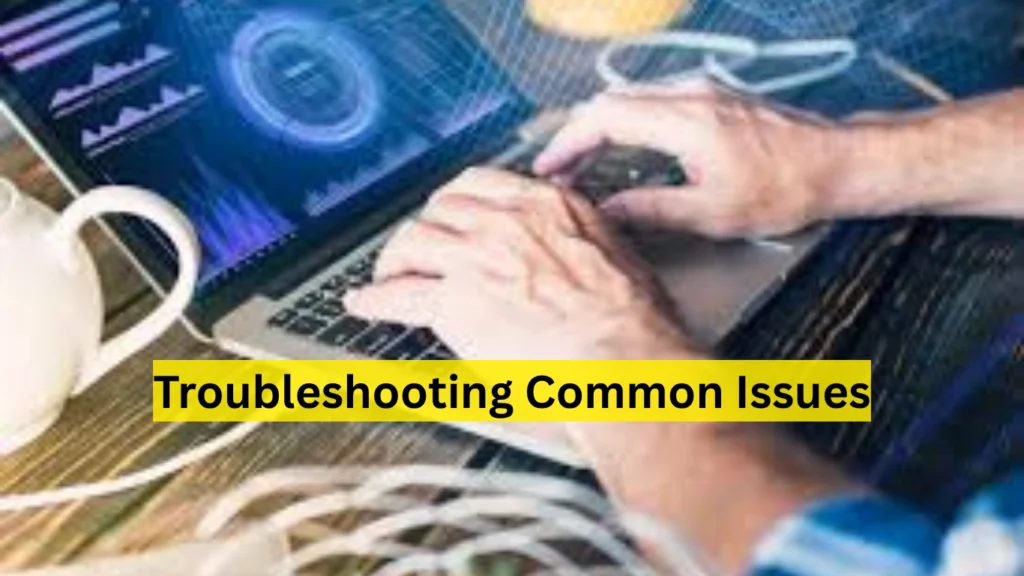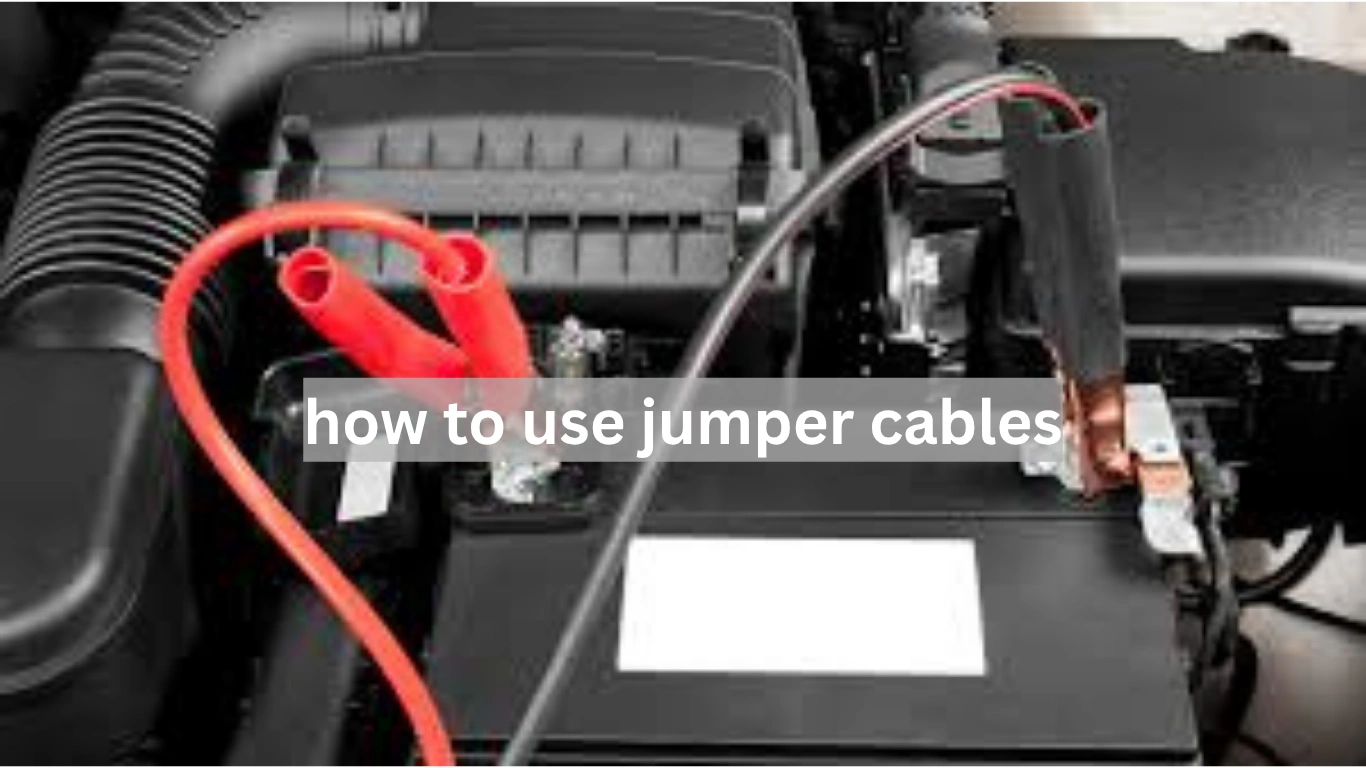How to Use Jumper Cables: A Simple Step-by-Step Guide for Beginners
Jumper cables help you start a dead car battery using another vehicle. They carry a burst of electricity. Many drivers keep them in their trunk. Knowing how to use jumper cables can save you from a roadside delay. A dead battery is common in cold weather or if electrical lights stayed on. This guide will walk you through each step clearly.
Understanding the Tools and Safety Measures
Before you learn jumper cables, gather the right tools. You need cables and a working car. Make sure the working car has a good battery. Wear gloves and eye protection. Park cars so cables reach both batteries. Keep vehicles apart but close enough for cables. Turn off both engines and remove keys. This step ensures you handle the process safely.
Step‑By‑Step Guide to Connect Cables
Now we begin learning how to use jumper cables in real life. First, open both hoods and locate the batteries. Identify the positive (+, usually red) and negative (–, usually black) terminals. Make sure terminals are clean. Attach one red clamp to the dead battery’s positive terminal. Then attach the other red clamp to the working battery’s positive terminal. Next, attach a black clamp to the working battery’s negative terminal. Finally, attach the other black clamp to an unpainted metal surface on the dead car’s engine block, not to the negative terminal. This avoids sparks near the battery.
Starting the Cars and Disconnecting Cables
After you connect the cables correctly, start the working car. Let it run for a few minutes. This helps charge the dead battery. Then try to start the dead car. If it starts, keep it running for at least five minutes. This time allows the alternator to charge the battery. Once the dead car is running, disconnect cables in reverse order: remove black clamp from metal surface, then black from working battery. Remove red clamp from working battery, then red from dead battery. Close hoods and drive both cars to ensure full recharge.
Table: Jumper Cable Connection Sequence
The table below shows the correct order for how to use jumper cables safely.
| Step | Clamp Color | Cable Side | Terminal Location |
|---|---|---|---|
| 1 | Red (+) | Dead battery | Positive terminal |
| 2 | Red (+) | Good battery | Positive terminal |
| 3 | Black (–) | Good battery | Negative terminal |
| 4 | Black (–) | Dead car engine | Metal surface (not negative terminal) |
| 5 | Remove in reverse order after engine starts |
This table helps you connect and remove clamps in safe sequence.
Troubleshooting Common Issues

Sometimes the car won’t start even with cables. Make sure clamps have good contact on clean metal. If the starter does not crank, wait a few more minutes before retrying. If the battery still won’t start, the battery might be too dead or bad. The issue could be the starter or alternator. In that case, get professional help. Always disconnect cables correctly to avoid damage to car electronics.
Tips to Keep in Mind
Learning how to properly use jumper cables also means knowing some extra tips. Keep cables clean and untangled in your car. Check for corrosion on battery terminals and clean if needed. Wear gloves and protective goggles when handling battery acid or sparks. Avoid crossing clamps or connecting terminals incorrectly. After jump‑starting, driving for 15 to 30 minutes helps recharge the battery. If your car won’t start after all, the battery might be worn out and need replacement.
Why Active Voice and Simple Sentences Help
This guide explains how to properly use jumper cables in clear, active sentences. Active voice makes each step direct. For example, “Attach the red clamp” instead of “The red clamp should be attached.” Most sentences are under 120 characters. That makes reading easy for children and adults alike. Each paragraph stays around 50–70 words to keep focus. This style helps you absorb steps without feeling overwhelmed.
When to Seek Professional Help
Jump‑starting a car works often, but not always. If your car battery fails often, you may need a new one soon. If cables spark or clamp correctly yet engine does not turn, the alternator may fail too. If you hear unusual sounds, stop trying. Call roadside assistance or a mechanic. Don’t risk injury from battery acid or electrical faults. Experts can test the battery and charging system.
Final Recap and Checklist
Let’s quickly recap how to properly use jumper cables, step by step:
- Park cars so cables reach.
- Turn off engines and keys.
- Connect red to positive dead, then to positive good.
- Connect black to negative good, then black to metal on dead.
- Start working car, wait a few minutes.
- Start dead car, keep it running.
- Remove cables in reverse order.
- Drive both cars to recharge battery.
By keeping these steps top of mind, you will master how to properly use jumper cables and avoid roadside delays.
Conclusion:
Knowing how to use jumper cables is an important life skill. It keeps you safe and saves money. This guide gave you clear instructions, safety tips, and a helpful table. You learned to connect cables in the correct order and troubleshoot common issues. Writing in simple English and active voice helps make the process easy to follow. Keep jumper cables in your car, and you will be ready for battery problems anytime.
FAQs:
What are jumper cables used for?
Jumper cables are used to jump-start a car with a dead battery by connecting it to a working vehicle’s battery. They transfer power temporarily to start the engine.
Can I damage my car by using jumper cables wrong?
Yes, using jumper cables incorrectly can damage the battery, electrical system, or even cause sparks and injury. Always follow the correct steps.
Which clamp goes first when using jumper cables?
Always connect the red clamp to the positive terminal on the dead battery first. Then connect the red to the positive on the working battery.
Why do I connect the black clamp to metal instead of the battery?
Connecting the black clamp to an unpainted metal surface on the engine block helps prevent sparks near the battery, which can be dangerous.
How long should I leave jumper cables connected?
Leave them connected for at least 2–5 minutes after starting the working car. Then try to start the dead car. Let both run before disconnecting.
What if my car still doesn’t start after using jumper cables?
If your car won’t start, the battery might be too dead or there may be another issue like a bad alternator. Call a mechanic or roadside service.
Can I use jumper cables on any type of car?
Jumper cables work on most gasoline cars. But always check the car manual, especially for hybrids or electric vehicles. Use only if it’s safe.







